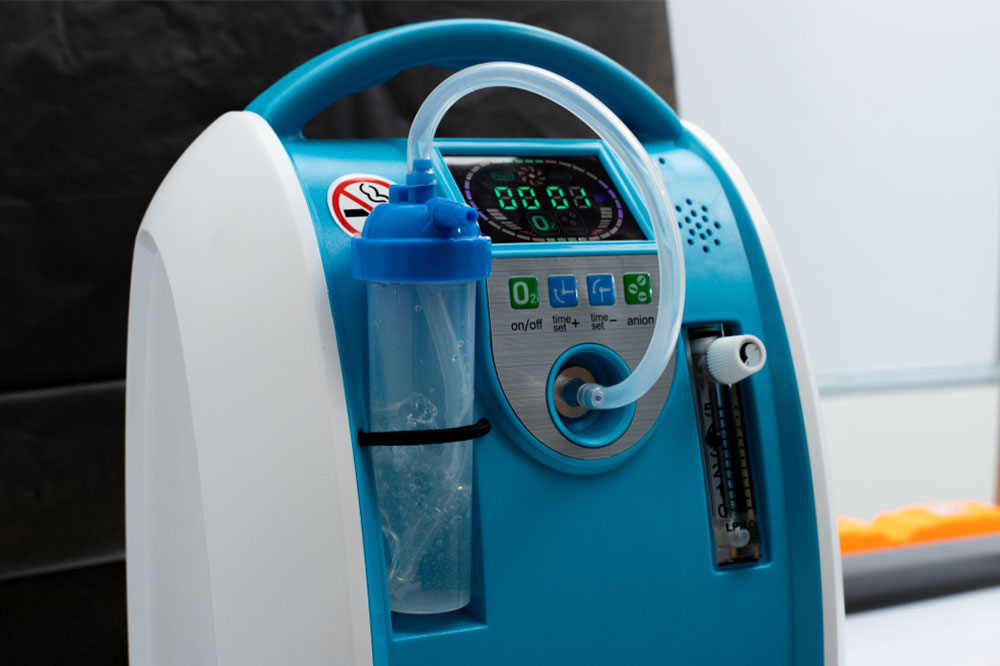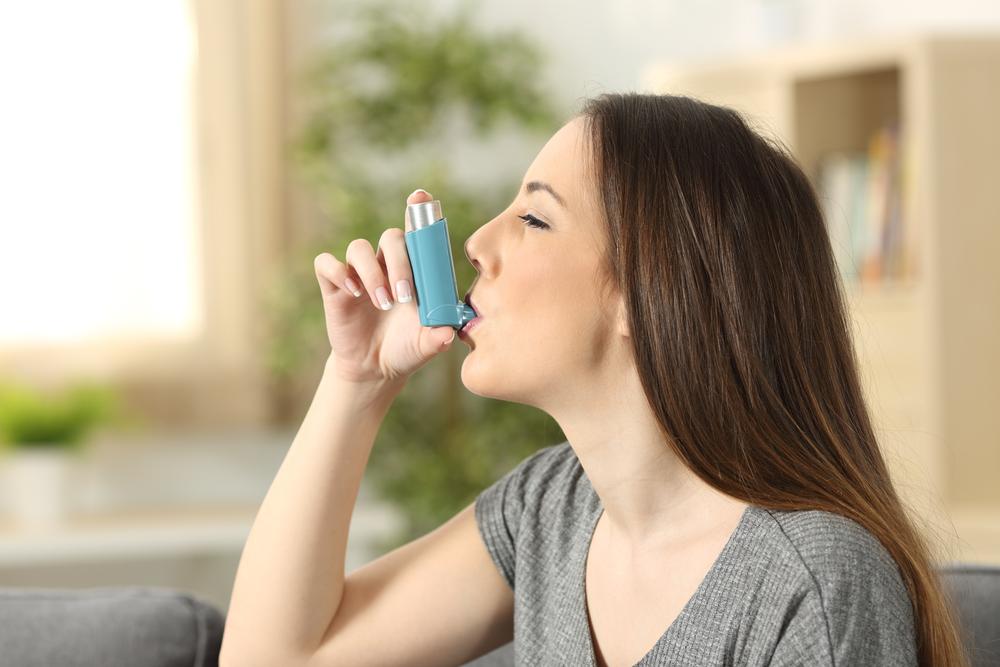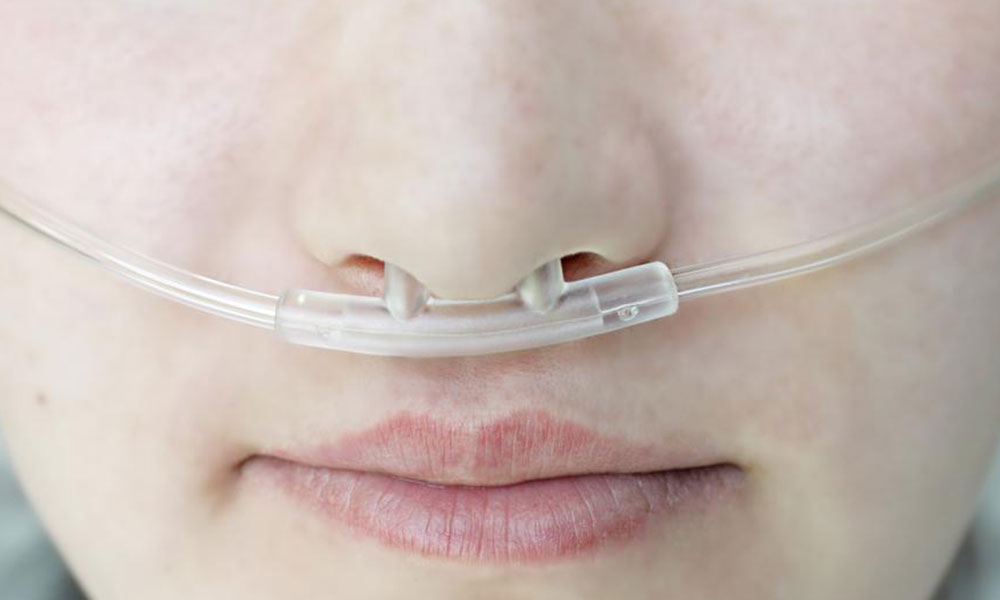Comprehensive Guide to Oxygen Therapy Options for COPD Patients
Explore the essential oxygen therapy options for COPD management, including cylinders, liquid oxygen, and concentrators. Learn about their pros and cons to choose the best solution for your needs. This guide helps patients understand how to improve breathing and quality of life with proper oxygen delivery systems. Ideal for COPD sufferers, caregivers, and healthcare providers seeking comprehensive information on oxygen therapy methods and safety considerations.

Comprehensive Guide to Oxygen Therapy Options for COPD Patients
Understanding Oxygen Therapy for COPD
Chronic Obstructive Pulmonary Disease (COPD) encompasses a range of progressive lung conditions that hinder airflow, making breathing challenging. Key types include emphysema and chronic bronchitis. Many individuals experience both conditions simultaneously, often with one exacerbating the other. Smoking remains the primary cause of COPD, damaging alveoli and impairing exhalation by restricting air escape. While there’s no cure for COPD, supplemental oxygen therapy combined with medication helps alleviate symptoms and prevent severe complications.
Oxygen therapy is crucial for managing COPD symptoms. There are three main types of oxygen delivery systems, each with its benefits and limitations:
Cylindrical Oxygen Tanks – Traditional aluminum cylinders store compressed oxygen under high pressure. They include regulators to control flow and require careful handling to prevent leaks or accidents.
Advantages: Cost-effective, straightforward to operate, and portable when used with smaller refillable tanks for outdoor use.
Drawbacks: Potential safety risks like leaks or explosion hazards. Large tanks are bulky, limiting travel convenience and space requirements at home.
Liquid Oxygen – Utilizes cryogenic technology to convert oxygen into a liquid form at extremely low temperatures, reducing tank size due to higher oxygen density.
Advantages: Smaller, more portable tanks allow easier mobility and storage.
Drawbacks: Expensive equipment needed for liquefaction, higher cost, short shelf life because oxygen evaporates at room temperature, necessitating frequent refills, and complex handling instructions.
Oxygen Concentrators – Electric devices that extract oxygen from ambient air, delivering it directly to users via a built-in regulator and flow meter. Popular in hospitals and home care.
Advantages: More affordable, compact, and eliminates the need for refilling tanks.
Drawbacks: Not portable without external power, susceptible to power outages, and some models may produce noise or heat.
Choosing the suitable oxygen therapy depends on individual needs, lifestyle, and medical advice. Proper selection ensures effective management of COPD symptoms.









